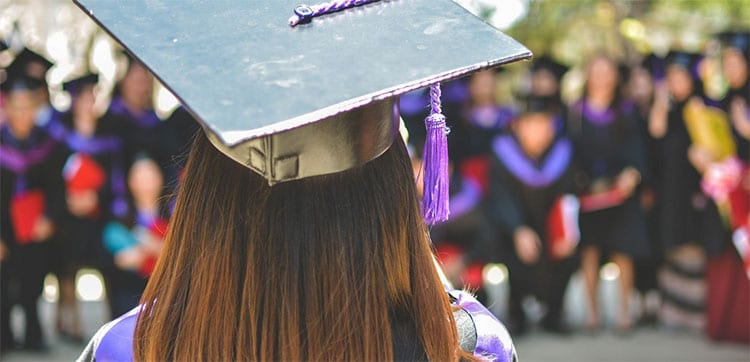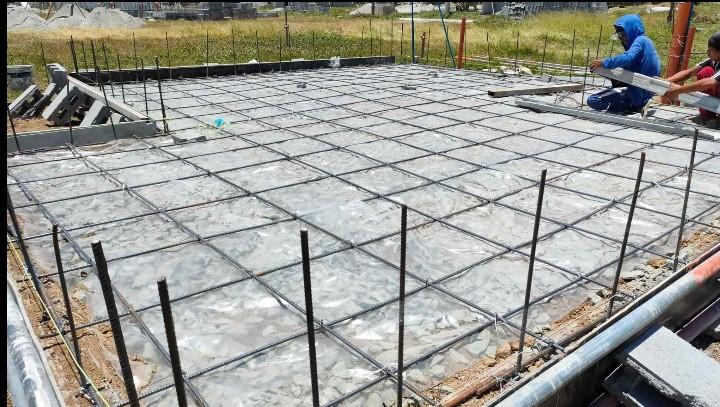Education in the United States is at a e-hall pass critical juncture as it seeks to adapt to the rapidly changing demands of the 21st century. The question of whether we are ready for the future encompasses various facets, including technological advancements, pedagogical shifts, and the evolving needs of students and society. This article explores the current state of education in the U.S., identifies challenges and opportunities, and proposes strategies for ensuring that educational systems are adequately prepared for the future.
The Current Landscape of Education
Historical Context
The U.S. education system has long been characterized by a one-size-fits-all approach, which has increasingly been scrutinized in light of contemporary needs. Traditional teaching methods often emphasize rote memorization and standardized testing, which may not equip students with the critical thinking and problem-solving skills necessary for success in a complex world. As we move further into the 21st century, there is a growing recognition that education must evolve to meet the demands of a global economy that values innovation, creativity, and adaptability.
Technological Integration
The integration of technology into education has been both a boon and a challenge. While digital tools offer unprecedented opportunities for personalized learning and access to information, disparities in technology access—often referred to as the “digital divide”—continue to hinder equitable educational experiences. According to recent data, nearly 17 million children in the U.S. lack reliable internet access at home, exacerbating existing educational inequalities. Furthermore, less than 30% of schools have the bandwidth necessary to fully utilize modern educational technologies.
Future-Ready Education Initiatives
In response to these challenges, various initiatives have emerged aimed at fostering “future-ready” education. Programs like Future Ready Schools emphasize the importance of preparing students for success in college and careers through digital learning opportunities and personalized instruction. These initiatives advocate for a shift from traditional teaching models to more dynamic, student-centered approaches that prioritize critical thinking, collaboration, and real-world problem-solving.
Defining Future-Ready Education
Key Characteristics
Future-ready education is characterized by several essential elements:
- Student-Centered Learning: Emphasizing active engagement and personalized learning experiences.
- Digital Literacy: Equipping students with skills to navigate and utilize technology effectively.
- Critical Thinking and Problem Solving: Encouraging students to analyze information critically and develop innovative solutions.
- Collaboration: Fostering teamwork and communication skills necessary for success in diverse environments.
- Global Citizenship: Preparing students to understand their roles in an interconnected world.
These elements collectively aim to develop learners who are not only academically proficient but also socially responsible and capable of thriving in an ever-changing landscape.
The Role of Educators
Educators play a pivotal role in shaping future-ready learners. They must adapt their teaching methods to incorporate project-based learning, interdisciplinary approaches, and technology integration. This requires ongoing professional development and support from educational institutions to ensure that teachers are equipped with the necessary skills and resources.
Challenges Facing Future-Ready Education
Inequities in Access
One of the most significant challenges is addressing inequities in access to technology and quality education. Students from marginalized communities often face barriers that limit their opportunities for success. The COVID-19 pandemic highlighted these disparities as many students struggled with remote learning due to lack of internet access or inadequate resources at home. Bridging this gap is crucial for ensuring that all students have equal opportunities to thrive.
Resistance to Change
There is often resistance within educational systems to adopt new pedagogical approaches or integrate technology effectively. Traditional mindsets can hinder innovation, making it difficult for schools to implement changes that align with future-ready principles. Overcoming this resistance requires strong leadership, clear communication about the benefits of change, and involvement from all stakeholders—teachers, parents, administrators, and students alike.
Evolving Workforce Demands
As industries continue to evolve due to technological advancements, so too must educational curricula. Employers increasingly seek graduates who possess not only technical skills but also soft skills such as adaptability, creativity, and emotional intelligence. Educational institutions must remain agile in updating curricula to reflect these changing demands while also preparing students for careers that may not yet exist.
Strategies for Preparing Education for the Future
Enhancing Digital Infrastructure
To support future-ready education, schools must invest in robust digital infrastructure that ensures all students have access to high-speed internet and modern devices. Federal initiatives aimed at closing the digital divide are essential in this regard. Schools should also implement comprehensive plans for integrating technology into everyday learning experiences.
Curriculum Redesign
Curricula must be redesigned to focus on interdisciplinary learning that connects various subjects through real-world applications. Incorporating project-based learning allows students to engage with content meaningfully while developing essential skills such as collaboration and critical thinking. Additionally, integrating social-emotional learning into curricula can help students navigate their personal development alongside academic growth.
Professional Development for Educators
Investing in professional development is crucial for equipping educators with the skills needed to foster future-ready classrooms. Ongoing training should focus on innovative teaching strategies, technology integration, and methods for creating inclusive learning environments. Supporting teachers through mentorship programs can also facilitate knowledge sharing and collaborative problem-solving.
Community Engagement
Engaging families and communities is vital for creating a supportive educational ecosystem. Schools should foster partnerships with local businesses, organizations, and higher education institutions to provide students with real-world experiences and mentorship opportunities. Community involvement can enhance educational relevance while also addressing local needs.
Conclusion
As we consider whether education in the United States is ready for the future, it becomes clear that significant work remains. By embracing innovative practices, investing in technology infrastructure, redesigning curricula, supporting educators through professional development, and engaging communities, we can create an educational landscape that prepares all students for success in an increasingly complex world. The commitment to fostering future-ready learners will not only benefit individuals but will also strengthen our society as a whole by cultivating informed citizens capable of addressing global challenges.




